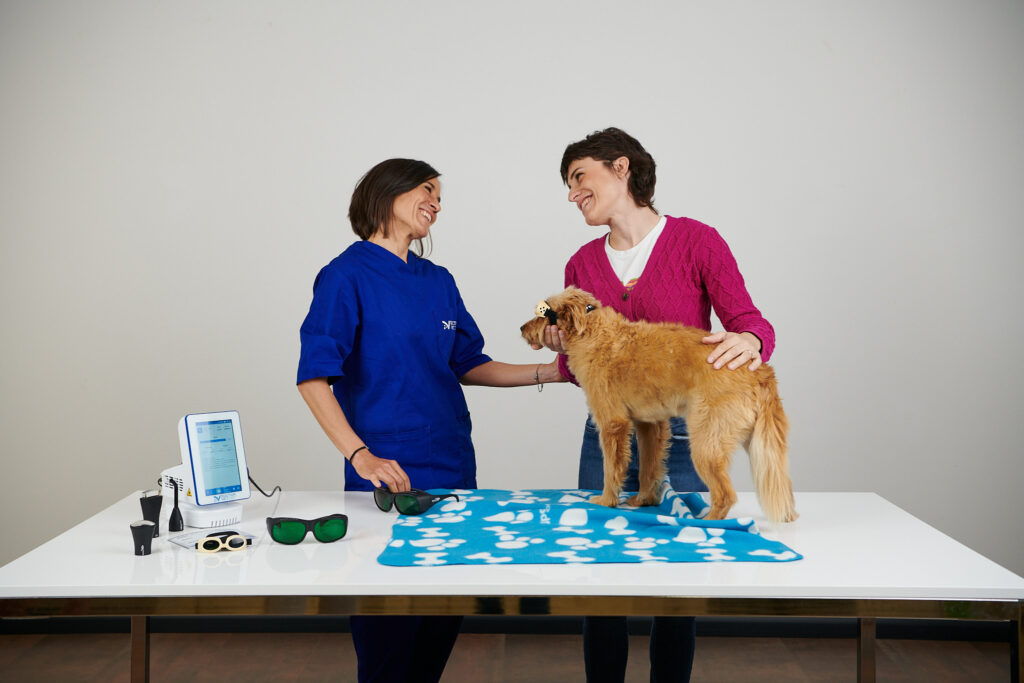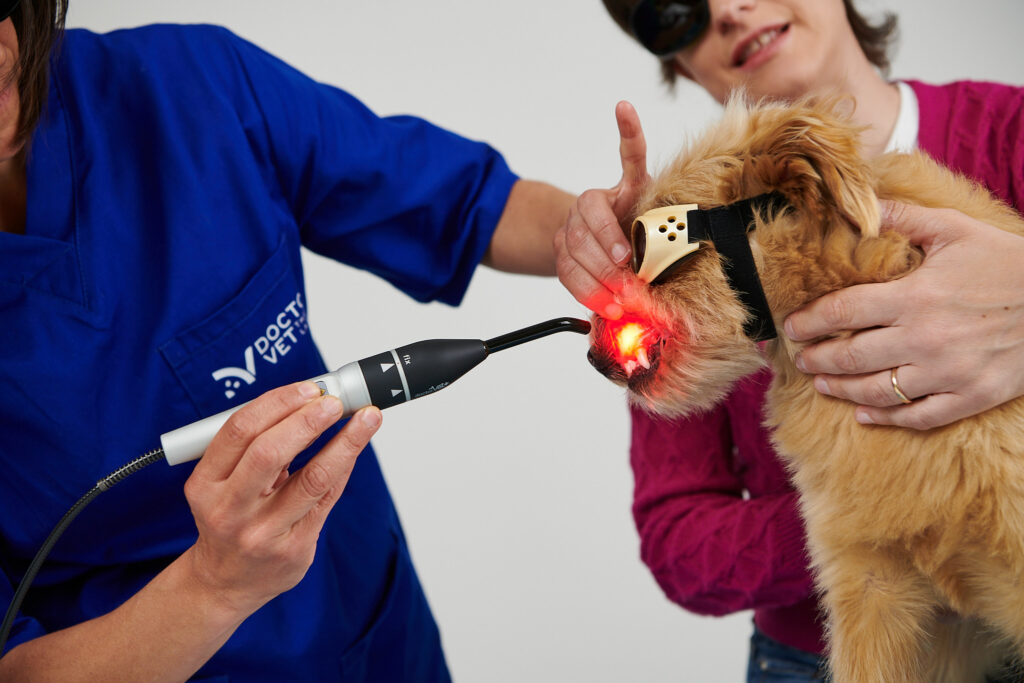Periodontal disease is one of the most common reasons for veterinary consultation. It is a disease that occurs more often in small-breed dogs than in large-breed dogs, with a higher incidence rate in older dogs1.
This disease is the result of an inflammatory response to dental plaque and is limited to the periodontium (including the gums, the periodontal ligament, the alveolar bone and the cementum). It consists of two stages: gingivitis, which is reversible and only affects the gums; and periodontitis, which affects the entire structure of the periodontium (the second stage being further divided into slight, moderate and advanced)2.
In early periodontitis, less than 25% of the tooth support structure has been lost. Signs of periodontitis can be observed in the x-ray. In moderate periodontitis, the loss of support structures has increased to 25-50% and the furcation defect in multi-root teeth is in stage 2. In advanced periodontitis, the loss of support structures has increased to 50% and the furcation defect in multi-root teeth is in stage 33.
The symptoms presented by affected patients include halitosis, gum inflammation, tartar formation, difficulty eating, pain and infections that can spread to other organs, such as the heart, liver and kidneys.

Examination by a veterinarian is essential in diagnosis for determining the level of damage and for performing x-rays, haemograms and biochemistry.
Treatment may vary according to the level of damage. Medical treatment and a specific diet can be enough in slight cases, while more advanced cases will also need surgical treatment even though this disease cannot be reversed.
Numerous studies support the benefits of laser therapy in dentistry to improve gingival mucous, the alveolar structure, reduce bone loss4, control inflammation and stimulate fibroblasts in oral mucous5. This is why laser therapy becomes an effective therapeutic option in periodontal disease.

Seeing is believing!
Book a demo now to learn how DoctorVet works!
DoctorVet has various dentistry protocols to optimise results based on the therapeutic options for periodontal disease. If only medical treatment is chosen, it can be applied with the mouth closed and without needing to sedate the animal.
The chosen treatment head is the sweeper, using a scanner application technique in non-contact mode. In such cases, the protocol dose should be maintained or increased by 25-50% depending on the combination of protocols (the general pain, inflammation and/or dentistry protocols can be combined, depending on the therapeutic option). If surgical treatment is chosen, an open mouth can start to be treated immediately after surgery by using the spotter treatment head while combining various protocols (as listed above). In such cases, it may be necessary to reduce power by 25-50%, depending on the status of the disease and the surgical options used.
It is also possible to switch to the aforementioned option as medical treatment immediately after surgery. The treatment schedule will depend on the status of the disease, with 2-3 sessions/week needed for the initial stage to create the photobiomodulation effects.
In slight cases and cases of gingivitis, a small number of sessions will suffice. Meanwhile, moderate and advanced cases may require maintenance sessions.

Via dell’Impresa, 1
36040 Brendola (VI)
VAT 02558810244
C.R. VI 240226
© Copyright 2016-2021 LAMBDA S.p.A. | Privacy Policy